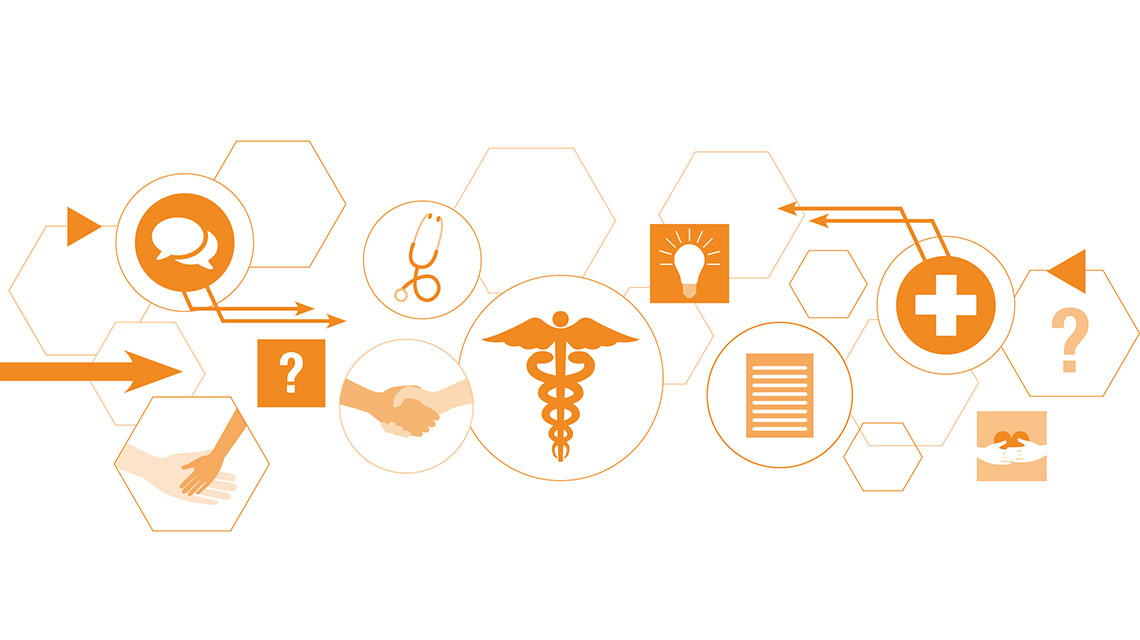When Is It Appropriate to Send Pediatric Patients to an OB/GYN?
When Is It Appropriate to Send Pediatric Patients to an OB/GYN? https://pediatricsnationwide.org/wp-content/themes/corpus/images/empty/thumbnail.jpg 150 150 Geri Hewitt, MD https://pediatricsnationwide.org/wp-content/uploads/2021/03/031717ds0030-hewitt-profile-1.gifThis post was reviewed by Dr. Hewitt and updated on June 4, 2021. The American College of Obstetrics and Gynecology (ACOG) recommends that young women have their first visit with an obstetrician-gynecologist (OB/GYN) between the ages of 13 and 15. Making sure that first appointment is with a pediatric gynecologist can have added benefits. Specific…







